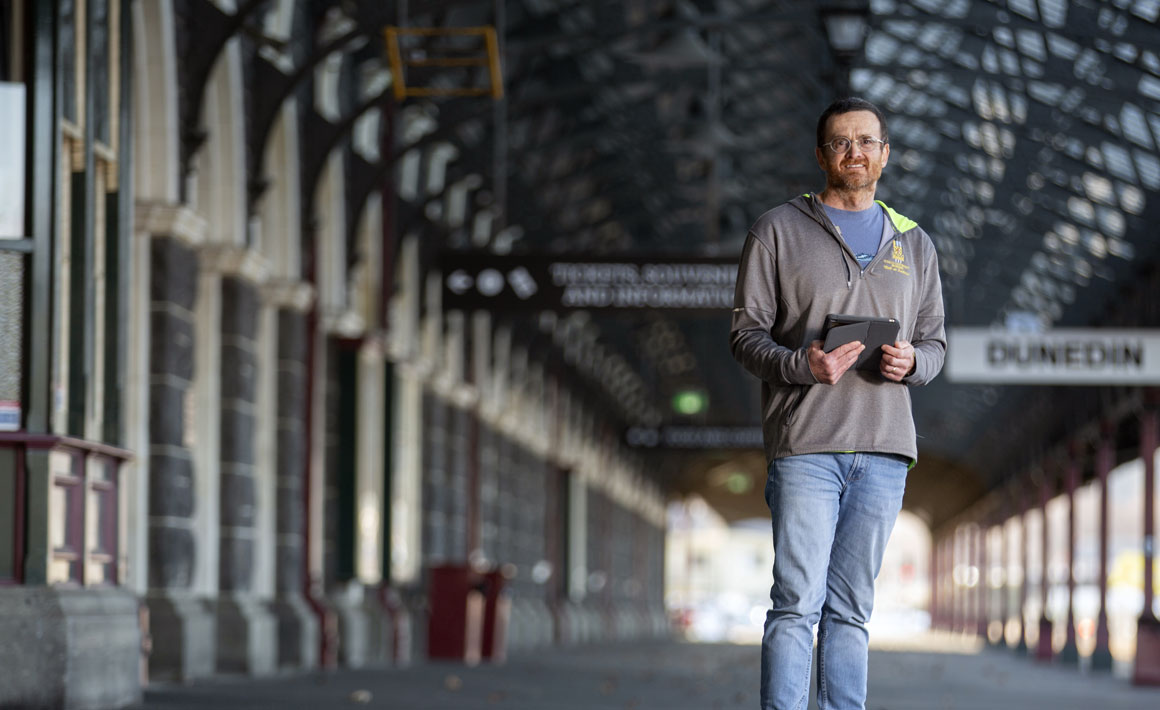 Professor Neil Carr: “COVID-19 is just demonstrating again the power and dangers of social media.”
Professor Neil Carr: “COVID-19 is just demonstrating again the power and dangers of social media.”Blindsided by COVID-19 and its rampant infectious path, international tourism has contracted with unprecedented swiftness over recent months. Meanwhile, mainstream and social media has become bloated with coronavirus discourse. As someone whose areas of expertise include human behaviour and destination management, Professor Neil Carr (Tourism) has been professionally – but cheerlessly – riveted.
With co-researchers Dr Ismail Shaheer and David Adeloye, Professor Neil Carr has set out to analyse media representations of the COVID-19 pandemic and the resulting implications for the tourism industry. The trio harvested data from media releases and social media platforms Facebook and Twitter during the volatile period between 31 December 2019 (when China reported the novel coronavirus in Wuhan) and 25 March 2020 (when New Zealand moved into lockdown).
Analysing narratives around international and domestic tourism in New Zealand will allow them to track reactions to the perceived threat of the coronavirus. By observing the collective consciousness of the people through the prism of COVID-19, they hope to gauge tourism's resilience in the face of emerging crises.
The study's initial findings show that up until the third week in March 2020 social media narratives were mostly positive. “I am well aware of how resilient tourism is, but the fact that people were planning trips to New Zealand right up until the borders closed – even in the face of a global pandemic – is testament to this resilience,” says Carr.
However, as the pandemic played out these narratives changed, with results betraying a new anti-tourism sentiment.
While New Zealand is being seen as a pandemic safe haven, results have shown a growing panic in the tourism sector. Carr says emerging themes include disappointment as travel plans have been cancelled, fear and uncertainty among tourists, both positive and negative attitudes to tourists from locals, and a growing call for domestic tourism as a fallback strategy.
Governments and tourism operators increasingly used the very channels that spread informative/distorted/fake news to restore faith and participation in the industry. Social media is both a thorn in the side of tourism and a platform for its regeneration and promotion.
“COVID-19 is just demonstrating again the power and dangers of social media,” says Carr. “Utilising the media to provide positive messages to the public is an integral part of all disaster management plans and predates social media. But getting those messages out there and heard is an increasingly difficult task.”
Carr and his research team hope this pilot study will serve as a springboard for further research into tourism and contagious diseases in the context of media representations and disaster management.
Funding
Department of Tourism, University of Otago